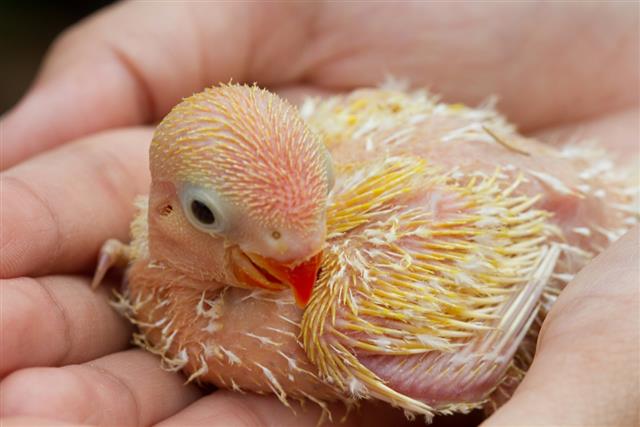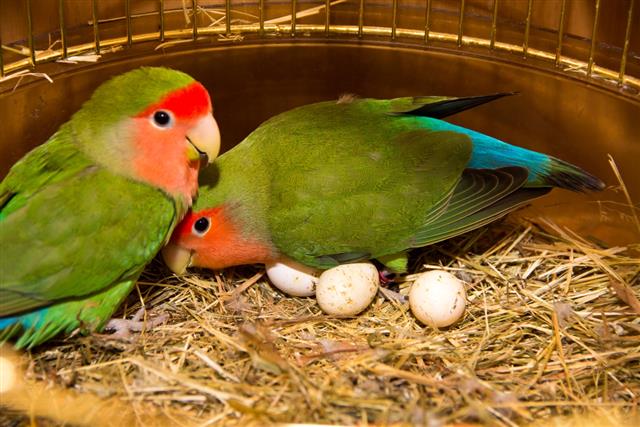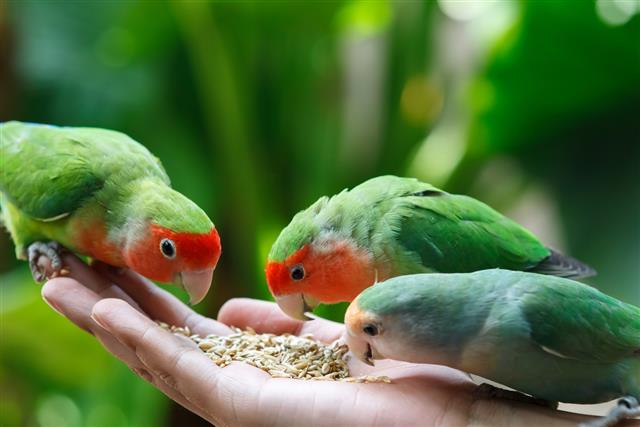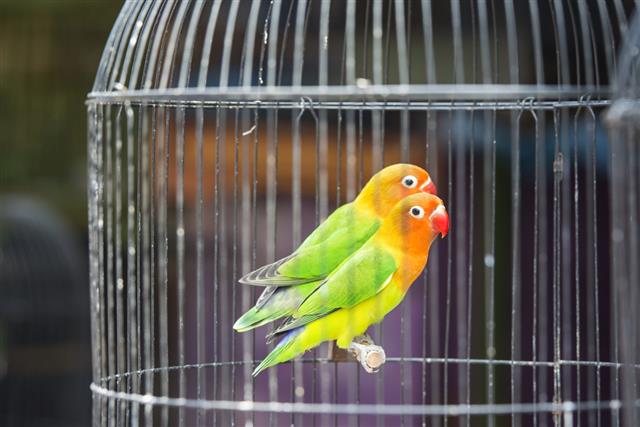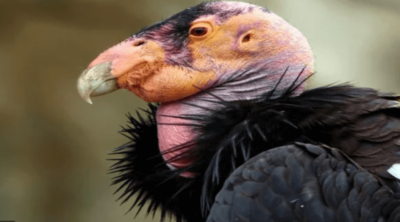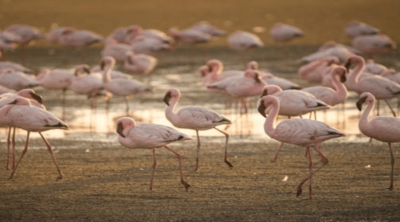
Want to buy a pair of lovebirds but don’t know anything about caring for them? This article will tell you all about lovebirds care. So breathe easy and get ready to own a perfect pair of lovebirds.
Maybe cause they’re just so adorable. Or because of their bright-hued persona, lovebirds are simply too cute to resist. Lovebirds are extremely cheerful birds, very much like parrots and can entertain you with their antics for hours. They are extremely loyal birds as well. So if you key in on their loyalty and affection when they are young, they will truly be your pet, in every sense of the word. Lovebirds don’t always have to be in pairs. They can be well taken care of as a single bird. But if getting a single lovebird is what you’re planning to do, then make sure that you are ready to give the bird plenty of love and care, and a lot of attention. Something that it would have received from the other lovebird. The following are the factors that you need to look into when adopting a lovebird as a pet.
Cage
Lovebirds are animated, frisky little birds, who need a lot of space. Buy a cage that has the dimensions of 2-2½ feet in height, width, and length for each bird. More the birds, the bigger the cage. Make sure that the cage bars are as close together as possible because lovebirds tend to squeeze their way through the bars. If you can purchase a cage that is not made of wood, then do so. A lovebird will gnaw through the wood and destroy it completely over a period of time.
Make sure that the birdcage is replete with toys like swings, mirrors (a favorite) and other chewable items like rolls of paper. Lovebirds love to chew, so supplying them with toys and paper that they can chew on (more like shred to pieces) is important. Make sure that their cage is supplied with natural wood for perching purposes. This is very important. Keep a cuttlebone in the cage for them to sharpen their beaks with.
Food
Providing a mix of seeds as pet food is recommended for lovebirds. Feed them these so that they can maintain their health. Millets are a favorite among them, but make sure that you do not start giving it regularly, as they aren’t as high in nutritional value. Lovebirds love fresh fruits and vegetables like apples, spinach, broccoli, cabbage and carrots. Whole wheat grain is enjoyed quite a lot. Never feed your lovebirds processed food, avocados, onions, sugar, and lemons.
You can feed them nuts as an extra treat. Make sure that the water is fresh and changed daily. Also, if there is uneaten food in the cage, then it should be removed after 3-4 hours.
Breeding
The breeding involves a little bit of efforts. First of all, decide whether you want to breed the birds in a colony setup or not. If a colony set up is what you’re looking at, then you’ll need bigger cages with lots of individual nests built so that there are no fights among the birds. If it is a pair that you want to breed instead, then that makes it a little easier because all you need to do is shift them from their cage into a bird house which is dark and can be closed in a two way door panel that they can use to go in or out. Keep this isolated.
The female has a larger stature among the two. She also has a larger pelvis because she has to lay the eggs. Once the pair mates, the female will spend a long time hatching the eggs. Make sure that an adequate and nutritionally-rich diet is made available. The female will lay about 4-6 eggs on alternate days. The incubation period lasts about 23 days. This is the time that you should leave the hatching area alone.
Once the chicks are born, make sure that you do not approach them when the hen is around and try to limit this to the minimum. Both the sexes feed the chicks for about 6 weeks, after which the chicks will be ready to leave. Some will leave the cage after 8 weeks. The chicks will return to the homes at night which they share with their parents. However, once it is clear that they have started to feed independently, they should be put up in separate cages. The lovebirds will want to breed again and will most likely attack the young.
Lovebirds care is not as difficult once you understand what goes into it. With these pointers in place, getting a pair, or a single lovebird should not pose a problem at all.
